"Surviving Katrina" (2006)
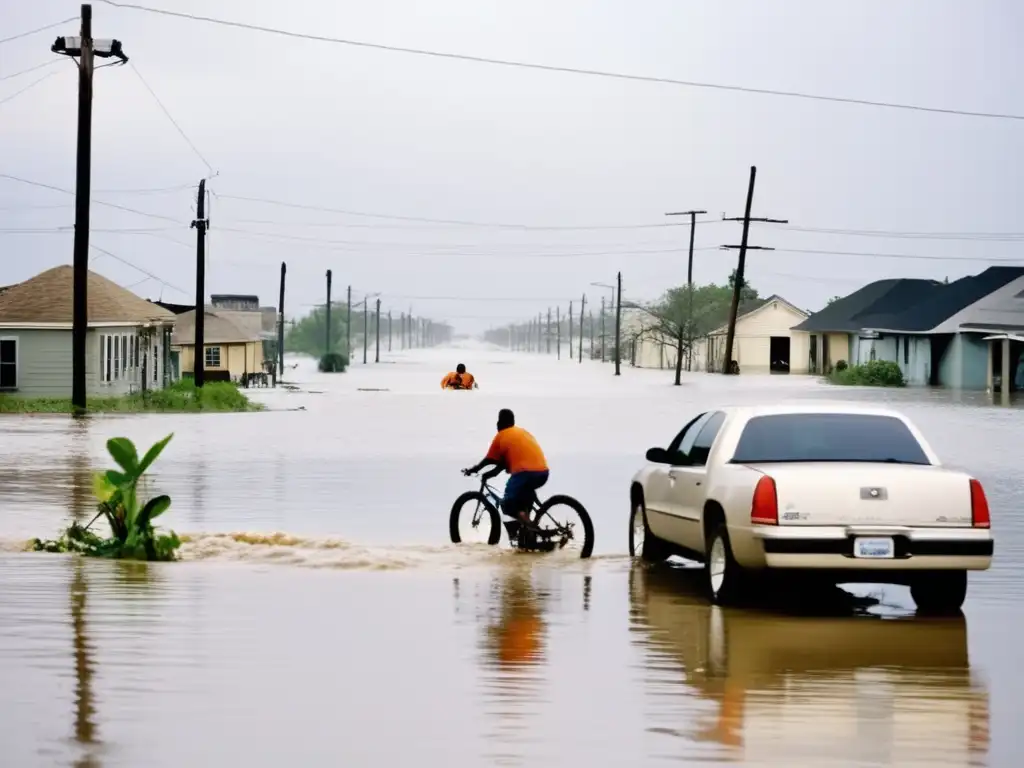
An In-Depth Review of the Hurricane Documentary: "Surviving Katrina" (2006)
Introduction
"Surviving Katrina" (2006) is a documentary that explores the devastating impact of Hurricane Katrina on the Gulf Coast region. The film takes a personal approach, documenting the experiences of various individuals who survived the hurricane and its aftermath. Through interviews and never-before-seen footage, the documentary provides a harrowing look at one of the worst natural disasters in modern American history.
Documentary Details

- Documentary Title: "Surviving Katrina"
- Director: Paul Lindsay
- Producer: Sarah Teale
- Release Year: 2006
- Additional Interesting Facts: The documentary was produced by PBS as part of their "Frontline" series and won a Peabody Award for excellence in broadcasting.
How "Surviving Katrina" (2006) Portrays Hurricanes
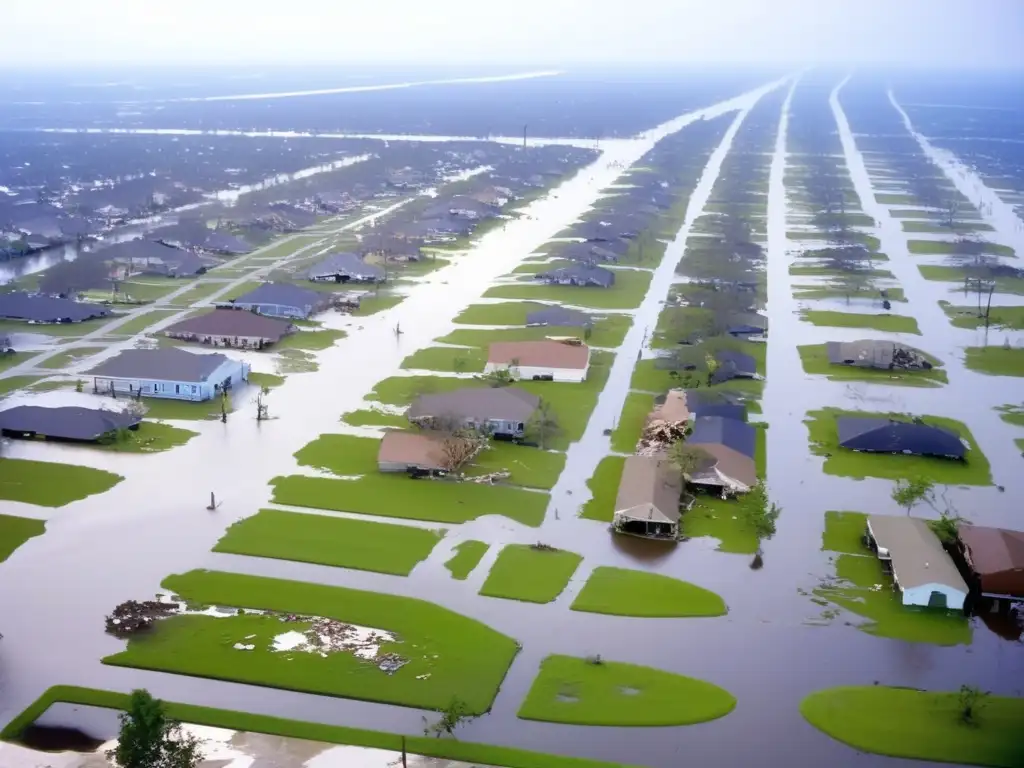
The Role of Hurricanes in the Plot
The hurricane is the central focus of the documentary, as it was the catalyst for the events that unfolded. The film chronicles the days leading up to the storm's arrival and how people prepared for its impact. It then shows the devastation that occurred in its wake and the struggle for survival in the days and weeks following the disaster.
Potential Scenarios Where Hurricanes are Depicted
The documentary shows the hurricane from various angles, such as through news footage, cell phone recordings, and personal accounts. It also depicts the aftermath of the hurricane, such as flooded streets and homes, the destruction of infrastructure, and the overwhelming rescue and recovery efforts.
Key Aspects of "Surviving Katrina" (2006)
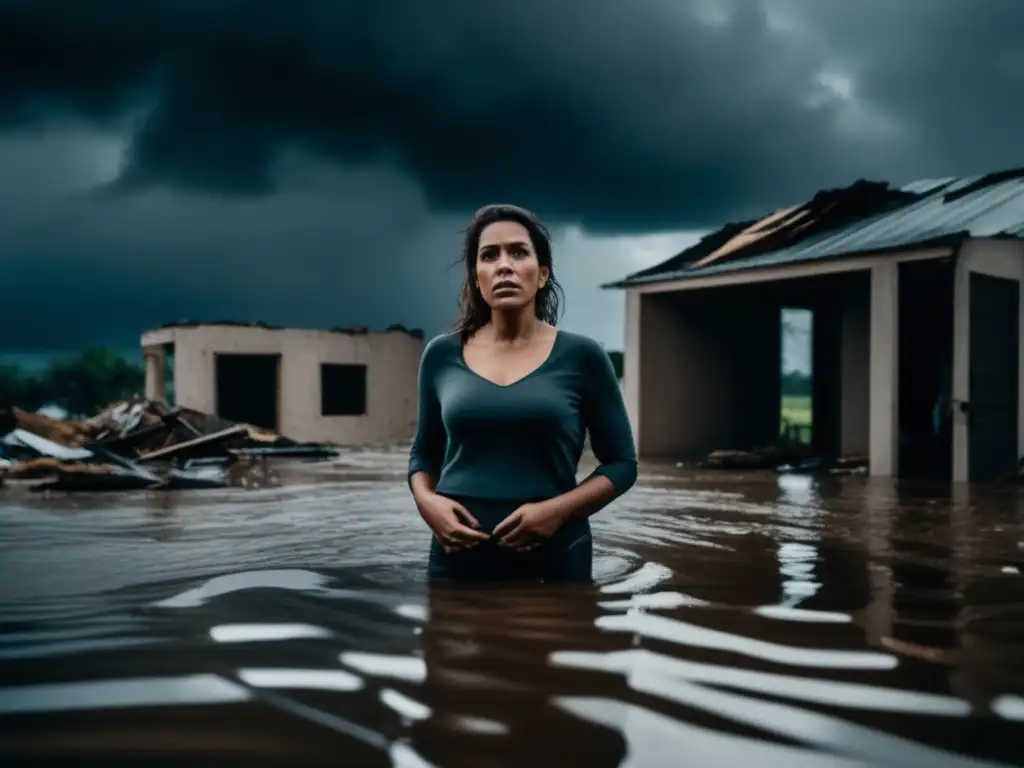
Storyline and Characters
The documentary follows several individuals and families, showcasing their experiences before, during, and after the hurricane. These personal accounts help to create a powerful narrative that emphasizes the human toll of the disaster. The individuals interviewed come from different backgrounds, making the film's impact more universal and relatable.
Cinematic Techniques and Special Effects
The documentary uses primarily raw footage captured by various sources, including news crews and personal recordings. The lack of special effects serves to enhance the realism and make the viewer feel like they are witnessing the events as they happened.
Realism and Accuracy
"Surviving Katrina" (2006) is regarded for its accuracy in depicting the events of Hurricane Katrina. It provides a detailed and authentic look at the human experience during the storm and its aftermath. This documentary serves as a valuable resource for anyone seeking to understand the impact of hurricanes on communities.
Comparing "Surviving Katrina" (2006) to Other Hurricane Movies
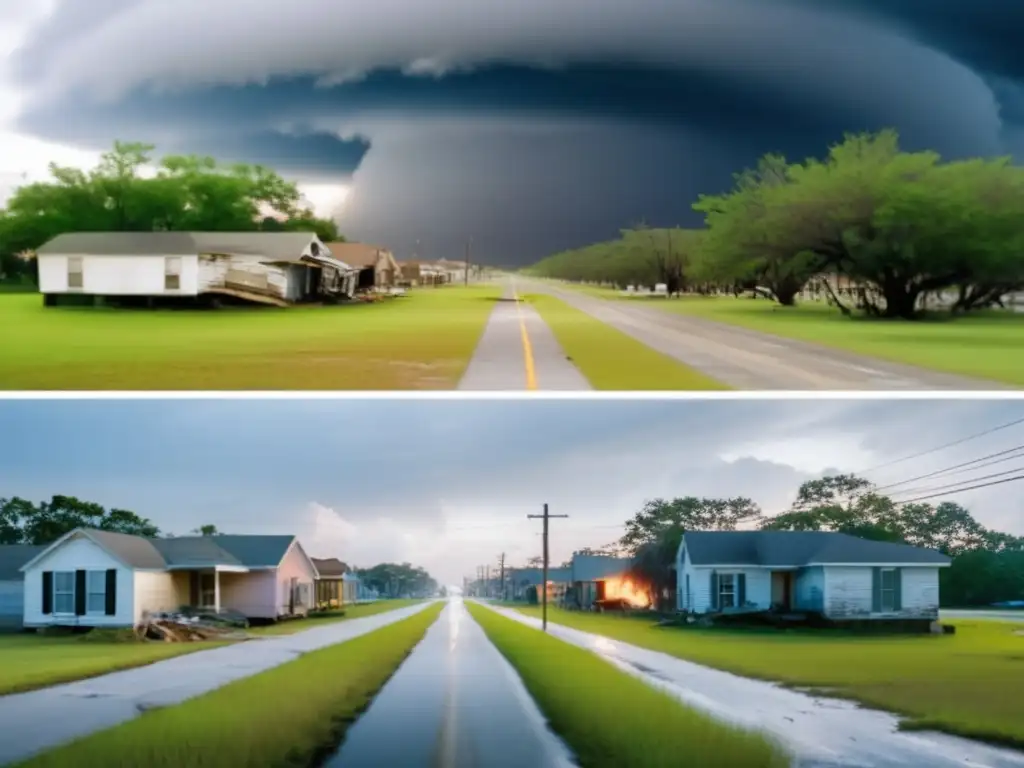
"The Perfect Storm" (2000)
"The Perfect Storm" (2000) also portrays the destructive power of hurricanes. However, it tells a fictionalized story based on real-life events and takes place on the open ocean, rather than in a populated area. "Surviving Katrina" (2006) focuses on the real-life experiences of individuals and the aftermath of a hurricane, making it a more poignant and relatable depiction of the disaster.
"The Day After Tomorrow" (2004)
"The Day After Tomorrow" (2004) is a Hollywood blockbuster that features exaggerated weather events caused by climate change. While the film's portrayal of superstorms and rapid climate change may be entertaining, it is not a realistic depiction of hurricanes. "Surviving Katrina" (2006), on the other hand, is a powerful and authentic representation of the actual impact of a major hurricane.
Popular Opinion and Reception of "Surviving Katrina" (2006)
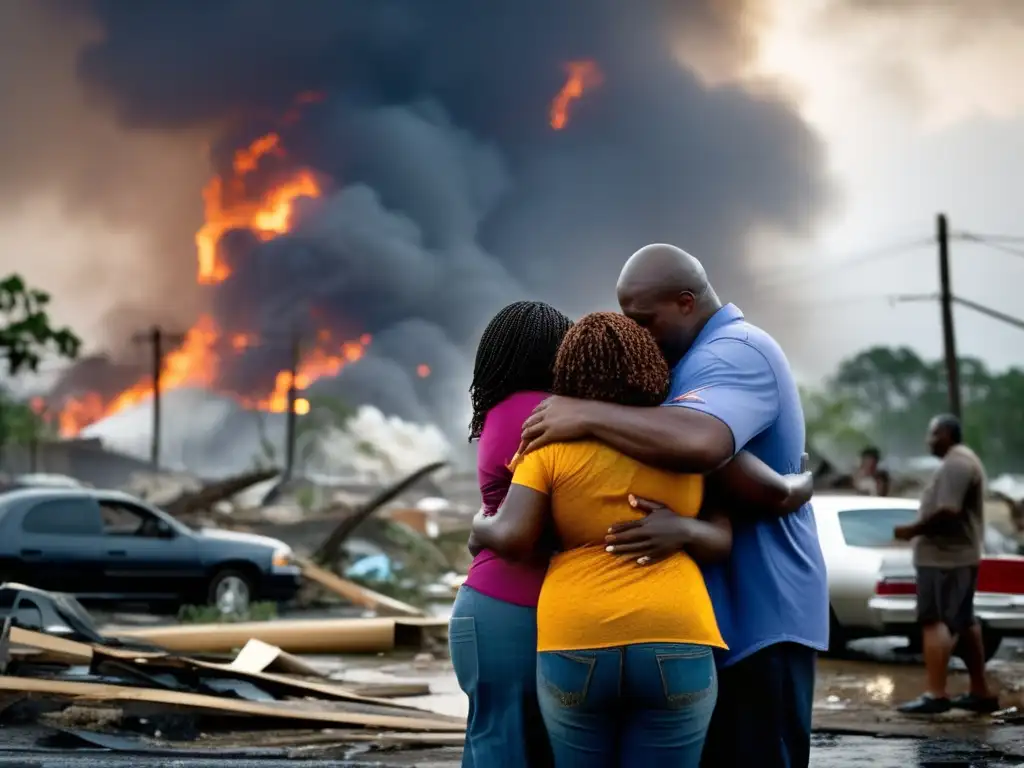
The documentary was highly regarded upon its release, winning multiple awards and widespread critical acclaim. It accurately portrayed the human toll of Hurricane Katrina and served as a reminder of the need for improved disaster preparedness and response. The documentary was also successful in terms of viewership and helped to raise awareness about the reality of natural disasters and their impact on communities.
Frequently Asked Questions

-
Q: Is "Surviving Katrina" (2006) available to stream online?
A: Yes, it is available to stream on PBS's website and various other streaming services.
-
Q: Is this documentary suitable for children?
A: Due to the graphic nature of the footage and the emotional weight of the subject matter, "Surviving Katrina" (2006) may not be suitable for young children.
-
Q: Did the filmmakers receive any criticism for their portrayal of Hurricane Katrina?
A: There were some criticisms that the documentary focused too much on the negative aspects of the disaster and did not give enough attention to the positive aspects of the recovery effort.
-
Q: How does "Surviving Katrina" (2006) compare to other documentaries about Hurricane Katrina?
A: "Surviving Katrina" (2006) is widely regarded as one of the most accurate and powerful documentaries about Hurricane Katrina. It provides a personal and intimate look at the experiences of those affected by the disaster, setting it apart from other documentaries that may focus more on the political or economic impact of the storm.
-
Q: Does the documentary provide any educational value?
A: Yes, "Surviving Katrina" (2006) serves as a valuable educational resource for anyone seeking to understand the impact of natural disasters on communities. It provides insight into how individuals and organizations responded to the disaster and highlights the importance of preparedness and response efforts.
Conclusion
"Surviving Katrina" (2006) is a powerful and authentic depiction of the devastating impact of Hurricane Katrina. The film tells the personal stories of those affected by the disaster, emphasizing the human toll of natural disasters. The documentary serves as an essential reminder of the need for improved disaster preparedness and highlights the valuable lessons that can be learned from past disasters. As hurricanes continue to impact communities, it is crucial that we understand their impact and work towards more effective solutions to mitigate their effects.
Please share your thoughts on the documentary and engage with hurricaneinsider.org by subscribing, sharing the article on social media, or contacting us for further discussions or inquiries.
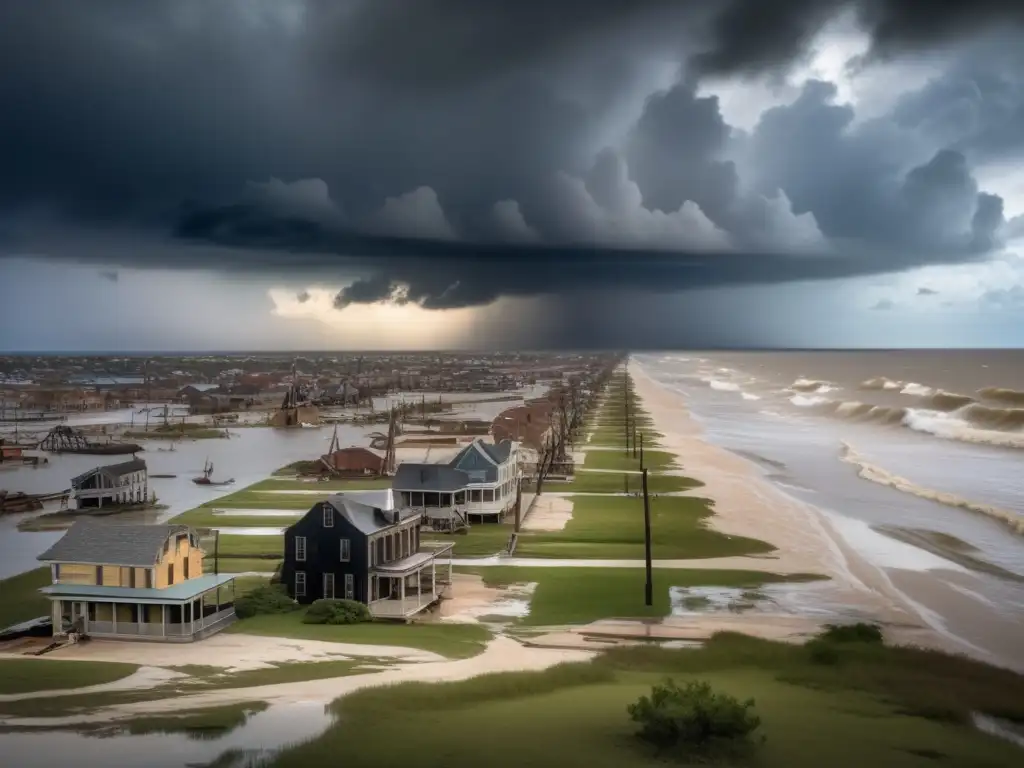 "Galveston: The 1900 Storm" (2000)
"Galveston: The 1900 Storm" (2000) "Killer Hurricanes" (NOVA, 2017)
"Killer Hurricanes" (NOVA, 2017)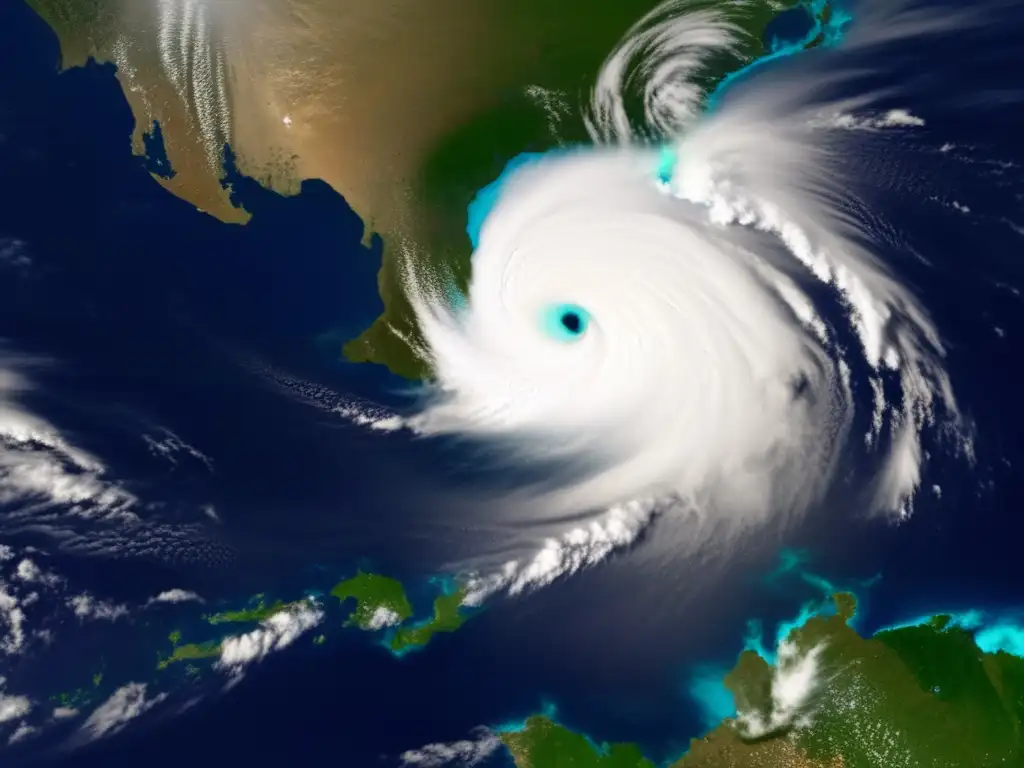 "Katrina: The Storm That Never Stopped" (CNN, 2015)
"Katrina: The Storm That Never Stopped" (CNN, 2015)If you want to discover more articles similar to "Surviving Katrina" (2006), you can visit the Documentaries about Hurricanes category.
Leave a Reply

Articulos relacionados: